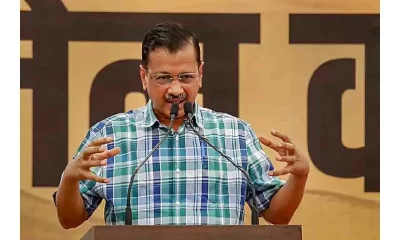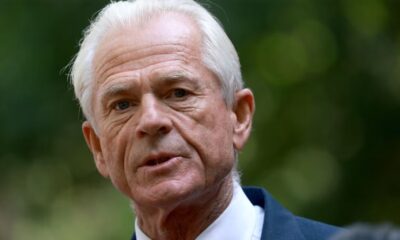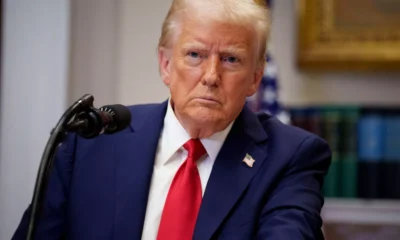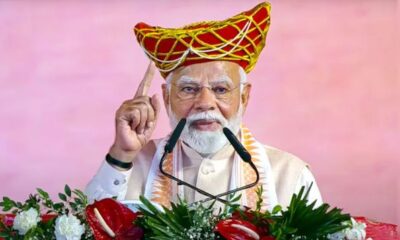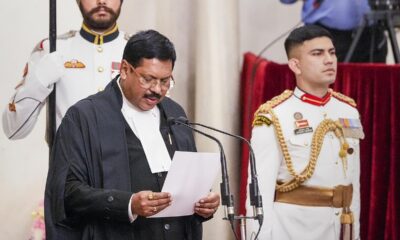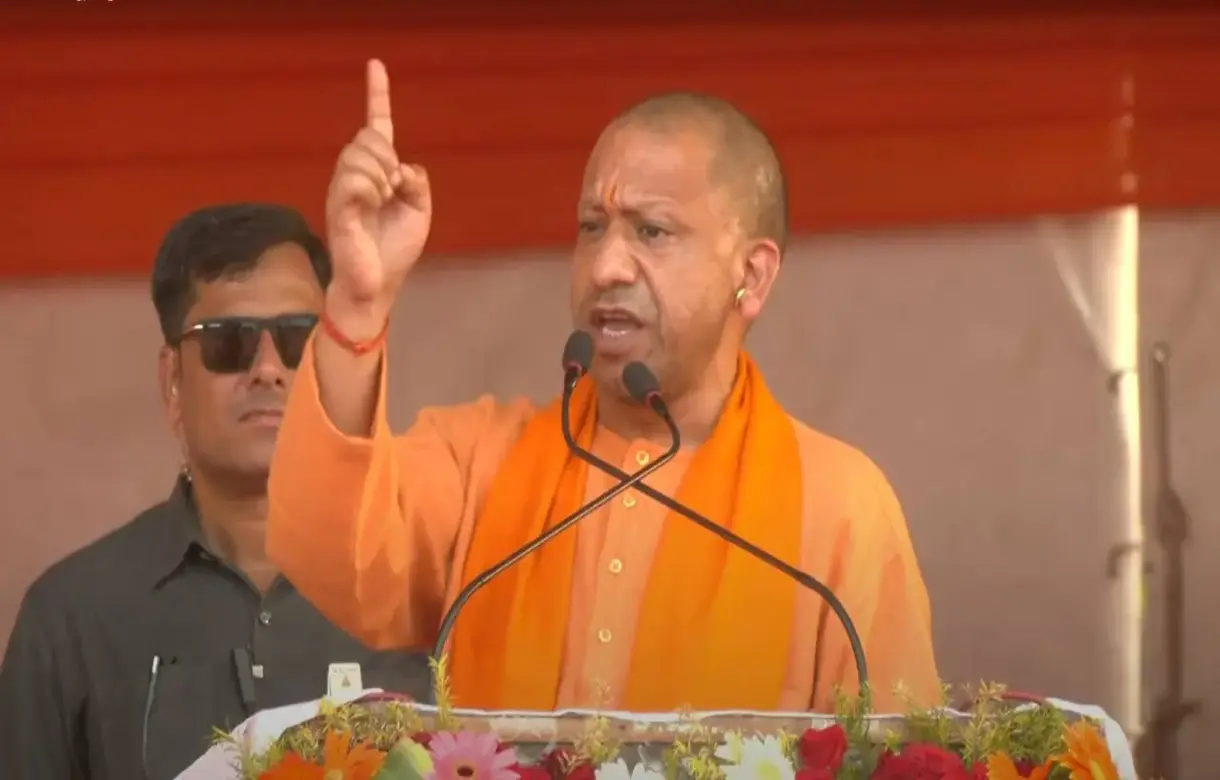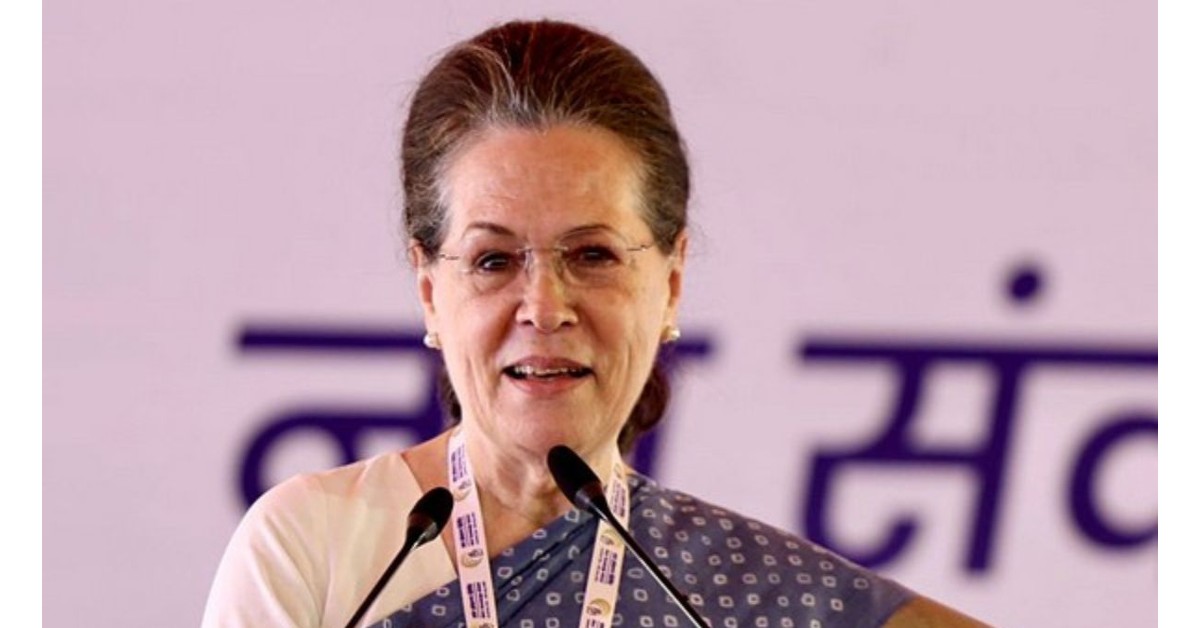[vc_row][vc_column][vc_column_text]The Modi plan for New India is based on a guided economy
By Parsa Venkateshwar Rao Jr
The Congress party, the communists and others assumed that the pro-poor socialist agenda is theirs alone, and it is the weapon to be used against right-wing parties like the Bharatiya Janata Party (BJP). That is why Congress vice-president Rahul Gandhi as well as Communist Party of India-Marxist (CPI-M) general secretary Sitaram Yechury portray the BJP as anti-poor, pro-rich. But Prime Minister Narendra Modi has outflanked the traditional left-of-centre and left parties by appropriating the pro-poor, anti-rich slogan for his party, and going by the electoral success in Uttar Pradesh, it seems that it has worked. Modi has successfully forged socialism with BJP features and turned it into the standard of the party.
Modi has not invented socialism of the right. He has taken the idea from BJP/Jan Sangh ideologue Deen Dayal Upadhyay, from the rhetorical formulations of Swami Vivekananda about the need to serve the poor, apart from Gandhi’s idea of the rich being the custodians of the riches which are to be used for the poor. But he has consistently harped on his commitment and that of his party for the welfare of the poor. He has projected demonetisation as pro-poor-anti-rich, that is illicitly rich, measure. It remains a debatable point whether UP poll verdict is an endorsement of demonetisation as it is being made out to be in a knee-jerk fashion. The intent of the UP voter in voting overwhelmingly in favour of BJP is quite complex and it cannot be inferred as an approval of the nearly three-year Modi government at the Centre. Demonetisation remains a wrong economic decision and an electoral victory cannot make it right. All that one can say about demonetisation and the UP electoral outcome, if there is any connection between the two, is that bad economics makes for good politics. Modi’s jibes against the critics of the measure will remain just that, jibes, and they do not alter unsoundness of the measure. As a matter of fact, it is the true measure of populism that it seeks vindication not in terms of its own inherent logic but in extraneous factor.
It will be difficult to label BJP as a Hindutva party alone any more, though it remains a Hindutva party in terms of realpolitik. It has become a populist party, and it is right-wing populism at that because it combines nationalism with egalitarianism of a kind. The dreaded word, national socialism, has to be used despite its negative connotations derived from the German experience with the Nazis, the National Socialists. Speaking at the victory celebration do at the party headquarters in New Delhi on Sunday (March 12) evening, Modi put forward a convoluted argument. He declared that the poor are not looking for sops but they want the state to provide them the opportunity to make their own fortune. The converse of the theorem is that once the poor are able to get on and get off on their own, the middle class need not carry the burden of national well-being. The underlying theme is quite evident: the tax-paying middle class is carrying the weight of welfare measures and subsidies.
If this is the rhetorical flourish of the prime minister, the thinking of Modi government at the policy level is to create a welfare state, which is administered by private entrepreneurs and not by the state, and which is supported by increased tax collections. The prime minister maintains a conspicuous silence on the tax booty, while Finance Minister Arun Jaitley is clearly looking for higher tax collections in order to finance welfare measures. The plan will come under stress if the economy does not grow, and tax buoyancy will disappear. The non-performing assets (NPAs) of the public sector banks are a sign of the stress in the financial system. Apart from the evils of crony capitalism that is behind part of the NPA story, there are issues of how the financial system is to bankroll the engines of economic growth. It can be seen in the last three years that public investment is carrying the burden of keeping the growth rate ticking, and there is no sign of private investment picking up. And then there are major problems involved in empowering the poor through educating them, skilling them, and by prodding investment that will create jobs for them. The economy is not at the beck and call of a leader or his party. And even the poor have their own ideas as to how they want to get ahead in their lives. They do not want a paternalist state to make them walk on the straight and narrow path of what the policy-makers believe to be the right path. It is on the rocks of unbound reality that the best laid plans of the politicians break.
Modi’s vision of New India envisages a national economy managed by the state through private sector that will provide full employment. It is a socialist vision of an indirectly planned economy. It poses a challenge to those who hated the Congress variant of socialism, and despite the market meltdown of the last decade have not lost faith in the ideal of a free market economy. One of the reasons that pro-free marketers supported the BJP was their hope that the right-wing party will get rid the country of the state-controlled economy spawned by the Nehruvian socialists. They will now have to come to terms with the Modi plan of making the free market a handmaid of national power and pride and for serving the needs of the poor. Even if they now decide to become the foot soldiers of BJP’s nationalist socialism, it does not alter the ominous truth established by Friedrich Hayek in his 1944 book, Road to Serfdom. Socialism of any kind comes at the price of liberty.
If socialism as such has turned out to be a failed system, and it can now be argued that Nehruvian socialism could not have succeeded with the best of intentions, then it is inevitable that the epitaph for saffron socialism would have to be written as well, and that sooner than later. [/vc_column_text][/vc_column][/vc_row]


 Cricket news6 hours ago
Cricket news6 hours ago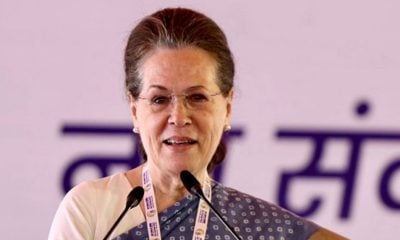
 India News5 hours ago
India News5 hours ago
 Latest world news5 hours ago
Latest world news5 hours ago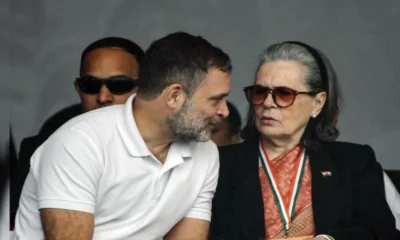
 India News1 hour ago
India News1 hour ago
 India News2 hours ago
India News2 hours ago
